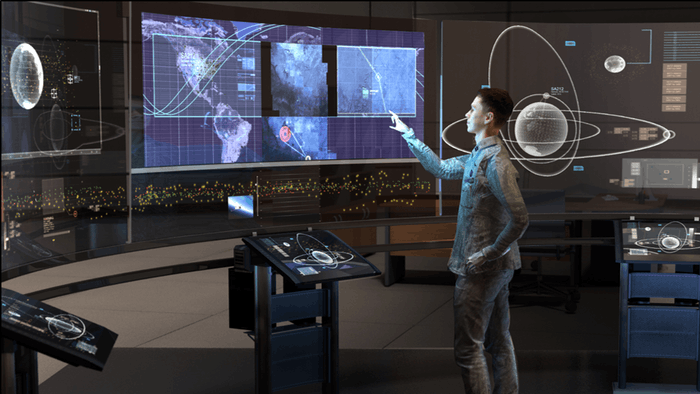
A crowded space
The low-Earth orbit (LEO) environment that plays host to the majority of commercial and military satellites has altered dramatically since the advent of manned spaceflight. The increasing demand for commercial satellites paired with the availability of advanced launch systems has led to the LEO becoming increasingly crowded.
Present-day technology used by the US military in the planning and control of their satellites is rapidly aging, and lacks the sophistication required by contemporary commanders to plan and execute the increasingly vital orbital component to terrestrial operations.
The next generation
According to DARPA, Hallmark-ST will be used to create and test a new generation of technologies that will be responsible for the command and control of orbital assets. The testbed will have a high degree of flexibility, will be scalable to different missions, and will boast simulation capabilities to model future systems.
"We envision a system that would fuse information from diverse sources and vastly reduce the overall time required to make and execute decisions and observe results," states Brad Tousley, director of DARPA's Tactical Technology Office. "For example, an intuitive user interface incorporating 3D visualization technology would present complex information in novel ways and provide commanders with unprecedented awareness and comprehension."
Developments made under the Hallmark-ST program will serve as the core of DARPA's planned Hallmark Space Evaluation and Analysis Capability (SEAC) testbed. SEAC will be responsible for further maturing the technology, leading to a level of situational awareness that will grant US forces a tactical edge on the battlefield — from space.

 Previous page
Previous page Back to top
Back to top







